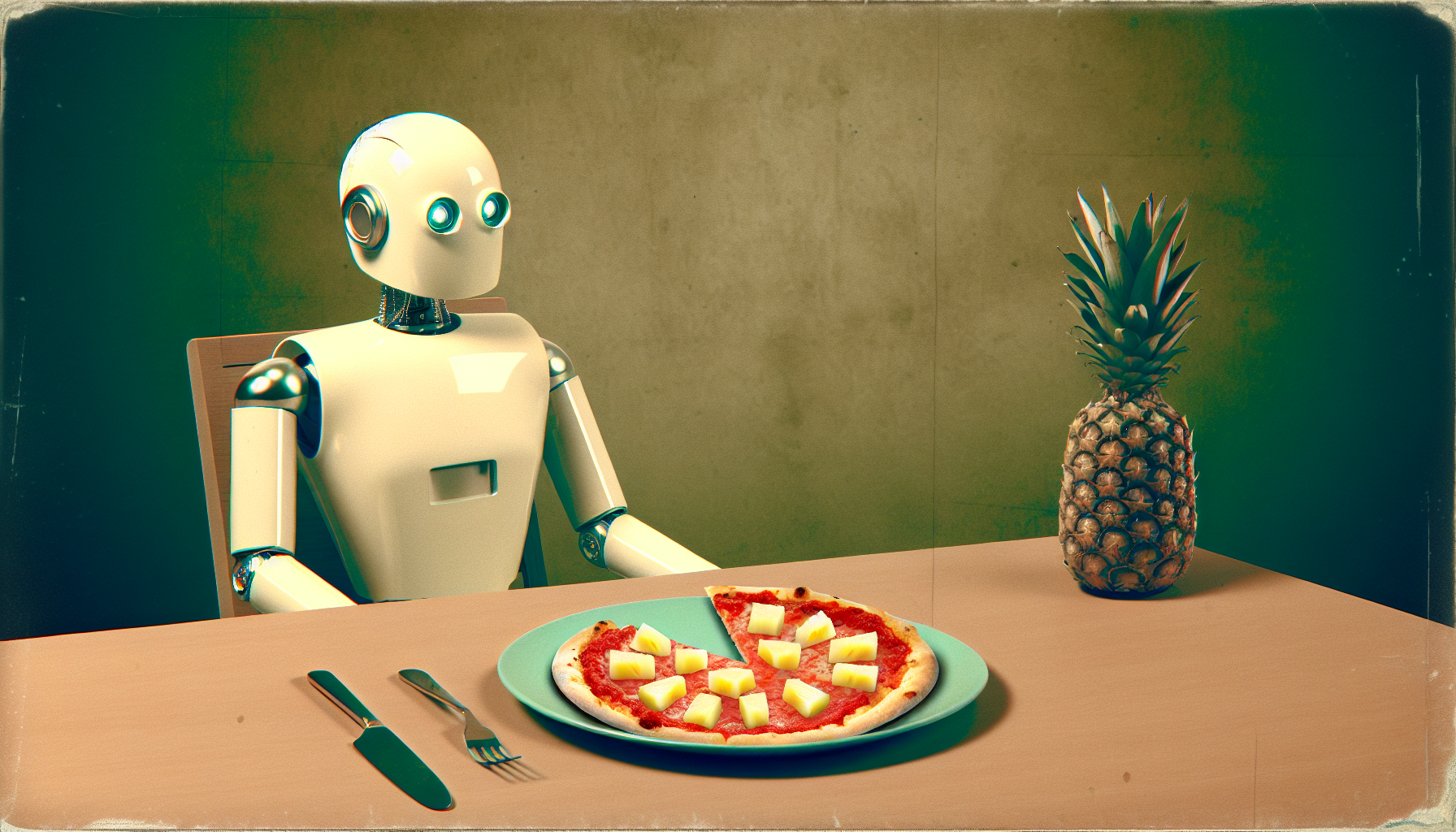Moral decisions are tricky even for us humans who, supposedly, have had a good few millennia to think them over. Enter stage left: artificial intelligence, our newest guest to the morality dinner party. The question is, how well can our metal-and-code companions navigate this famously murky domain? Spoiler alert: not as well as a human, but they’re learning. So, let’s chat about whether machines can know right from wrong and why it’s as challenging as choosing pineapple as a pizza topping.
The Nature of Morality: Human vs. Machine
At the core of this philosophical pickle is the nature of morality itself. Most of us have an intuitive grasp of right and wrong, grounded in our societal norms, cultures, and value systems. Machines, by contrast, don’t “get” values innately in the way humans tend to. Instead, they work with algorithms that follow rules, much like my dog, Max, but without the existential dread he feels when someone says “vet.”
AI decision-making is based on data-driven models and optimization tasks, designed by humans to enact decisions that ideally reflect moral reasoning. However, just because a machine can be programmed to play nice doesn’t mean it fully understands or embodies ethical sensibility. It’s the difference between a deer in headlights and an actual driver knowing when to decelerate to avoid said deer.
The Challenge of Context
One of the trickiest aspects of morality is context—those pesky details that change everything about a decision. Humans bring to bear a lifetime of experiences and a smorgasbord of emotional understanding when making moral choices, flexing their empathic reasoning like a bodybuilder flexes at his favorite gym mirror.
Machines, on the other hand, require explicit programming to account for various contexts. Teaching an AI to comprehend the nuance of different cultural codes or varying ethical frameworks is like teaching a cat to fetch; technically possible but often surprising in how it’s applied.
As a result, AI is often better suited to well-defined, structured scenarios where rules can be applied systematically—think of it as defaulting to “Ctrl + Z” when you mess up a document rather than to an intricate ethical debate about work-life balance.
The Decision-Making Dilemmas
The gap between human decision-making and AI isn’t just a matter of nuance—it involves significant dilemmas, think self-driving cars, medical diagnostics, and criminal justice predictions. Such areas illustrate the difficulty in determining moral outcomes without human oversight.
Take self-driving cars: if faced with an unavoidable accident, who or what does the AI save? Such moral quandaries, famously exemplified by the Trolley Problem, demand ethical flexibility that static programming language just doesn’t handle comfortably—kind of like forcing a compliment about a dubious haircut.
Likewise, predictive algorithms in criminal justice systems raise fairness issues, like unfairly targeting specific demographics due to biases present in data. It’s a haunting reminder that AI can only reflect the values we teach it, which can resemble teaching a toddler how to negotiate television time—painstaking, unpredictable, and full of tantrums when it doesn’t work out.
A Collaborative Approach
The good news is that AI ethics isn’t hopeless or a doomed pursuit. The solution lies in a collaborative relationship: humans supervising and interpreting AI decisions. AI can support human decision-making processes by providing insights and recommendations, akin to a well-mannered assistant who reminds you of that dinner with the in-laws you wish you could forget.
This partnership amplifies the benefits of AI—accuracy and processing speed—while keeping moral objectives in check with human oversight. It’s the digital version of “two heads are better than one,” where two unlike heads solve problems creatively.
Building Awareness and Responsibility
For machines to get “closer” to knowing right from wrong, we humans must be vigilant caretakers of their moral education. While fully conscious machines remain largely the work of science fiction, our duty is to guide AI development responsibly. This means ensuring transparency in decision processes, avoiding biases in training data, and fostering accountability.
Additionally, interdisciplinary dialogue among technologists, ethicists, legal experts, and public policy leaders can map out ethical frameworks in AI deployment, similar to how teams strategize before executing the world’s most complex jigsaw puzzles.
The Journey Ahead
While machines might never “know” right from wrong in the same way we do, they offer a vast resource for augmenting our decision-making abilities. Imagine possessing the computational efficiency of a computer combined with human kindness—perhaps one day we’ll get there. The road is long and winding, littered with conundrums that’ll test our ethical fiber. But hey, we humans love a good challenge—just ask anyone who’s tried to assemble IKEA furniture without the manual.
In this AI-human collaboration, it isn’t so much about machines knowing right from wrong; rather, it’s about teaching machines to assist us in our mutual pursuit of a better, fairer world. So, let’s continue the journey, one line of code—and philosophical cup of tea—at a time.

Leave a Reply